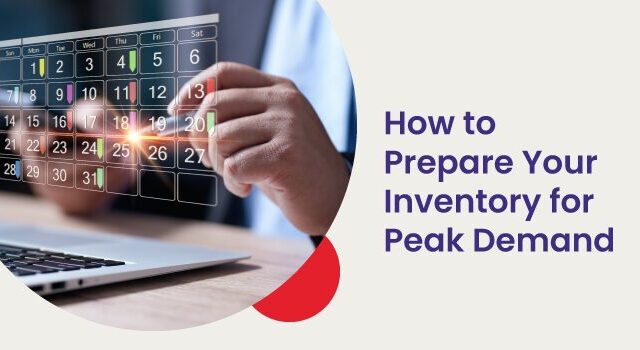This is a very common question. Let’s work with the two different parts of this question:
1) In our business, it’s impossible to forecast.
Simply put, every business is doing some form of forecasting. We don’t always recognize it as forecasting, but it is forecasting nevertheless.
The forecasting might take the form of something like this:
“We sold X in the last 6 months. We will sell X in the next 6 months, too.”
Sometimes the forecast is even slightly more sophisticated:
“We sold X in the last 6 months. The sales department says that sales will pick up 10%. We will sell X+10% in the next 6 months.”
The forecast can get even more sophisticated:
“On average, we sold X per month in the last 12 months. Therefore, we will sell X next month.”
One way or another, there’s always some form of forecasting happening. Often, it happens in specific points in your process that you don’t even recognize as forecasting.
For example, your company might not have a formal forecasting or budgeting process. However, the planner, when placing an order from a supplier, is doing a quick-and-dirty forecast at the point of placing the purchase order. Often these orders are placed in a panic, so the proper consideration is not given to the forecast.
The bottom line is that it’s never impossible to forecast because it inevitably happens, even if it’s not in a formal or structured manner. The problem with doing it informally is that it doesn’t get measured. And we all know that it actually is impossible to improve those areas that you’re not measuring.
2) Why can’t I use sales history to order?
Let’s start with a basic question: Why forecast at all? The answer isn’t complicated.
If we don’t know what we’re going to sell in the future, we cannot plan what to order today. It’s as simple as that.
The problem comes in when you have to consider how much of an item to order. You might want to keep a certain number of days of Safety Stock. And there’s a certain number of days of Lead Time before you can receive the items you ordered. And if you’re doing a formal ordering process on a regular basis, you might want to order on a certain frequency (or Replenishment Cycle).
Let’s take just one component of that process: Safety Stock. Let’s say that you’ve determined that the optimal amount of Safety Stock to keep for an item is 14 days. If you’re in the high season, and you’re selling 100 units per month, 14 days of Safety Stock is about 50 units. But when you’re in the low season and you’re only selling 20 units per month, then Safety Stock is only 10 units.
The last thing you want to do is place an order for 50 units of Safety Stock when, in fact, you’re in the low season. That would be an incredible waste of money. That’s capital you could’ve used in other parts of the business — new products, marketing initiatives, new projects, and so on.
Without the ability to look into the future, you don’t know if you’re in the high or low season. You might think that it’s pretty easy to figure that out and that you always know whether you’re in the high or low season. That’s true, but the Safety Stock component of your order isn’t determined by whether you’re in the high or low season right now, but instead if you will be in the high or low season after the goods arrived.
If you have long lead times, you might wait up to 90 days for the inventory to arrive. So which part of the season will you be in in 90 days? An accurate forecast will tell you.
And that’s the reason you cannot look backwards to plan today.
You have to know what you’re anticipating to sell when the inventory finally arrives in your warehouse so that you can place the optimal order today.
It’s not impossible. You just need the right tool to do the job. Get in touch to learn how.




